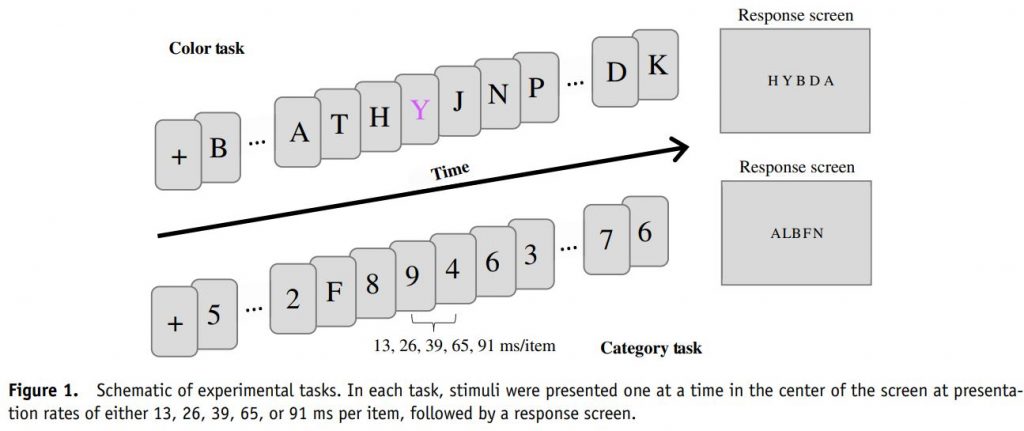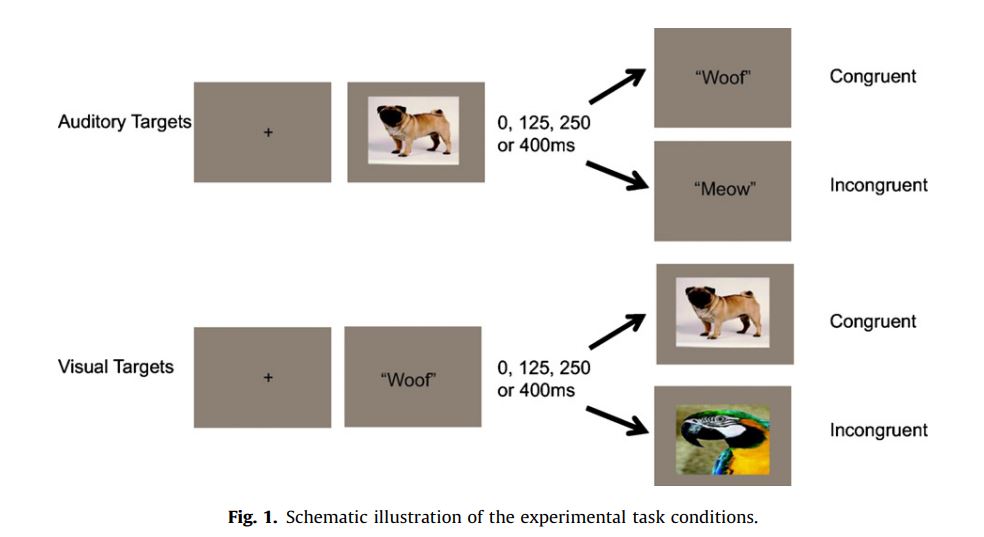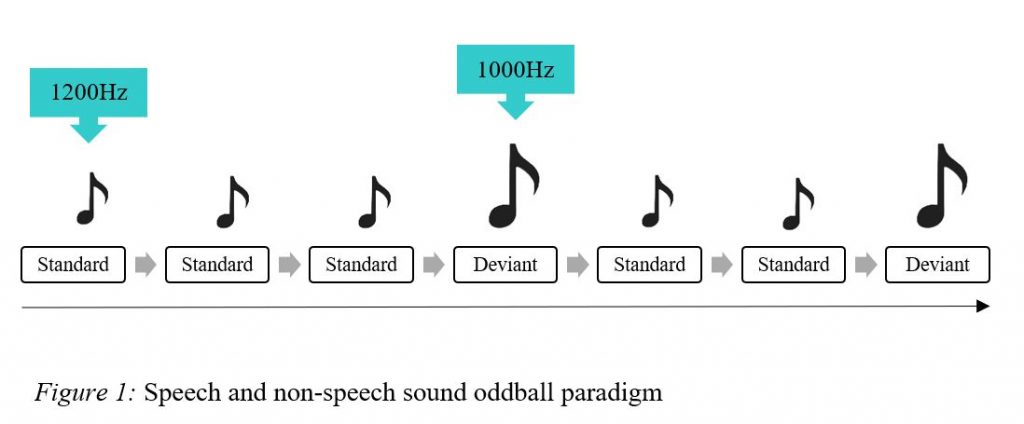Interested in participating in our research at the CARE Lab? Click here to get on our list!
The Neurophysiology of Sensory Processing and Multisensory Integration in Autism Spectrum Disorder (ASD)
Most parents of children with an Autism Spectrum Disorder (ASD) report that their children have impairing sensory processing difficulties and these reports are consistent with research showing that individuals with an ASD display an enhanced ability to detect and discriminate between sensory inputs in one modality yet are impaired in their ability to integrate inputs from two modalities at the same time. The goal of this project is to discover how sensory symptoms, enhanced sensory perception, and multisensory integration are interrelated at the level of external behavior as well as in the brain. The proposed studies have the potential to discover objective biomarkers that can be used to diagnose ASD, and also to identify subgroups of individuals with this condition for whom different treatments may be helpful at different times of life.
Temporal Visual Search in ASD

Attention allows individuals to selectively extract salient information from our ever-changing environment. Individuals with autism demonstrate strengths in the ability to find target stimuli among distractors. Generally this is studied when all of the information is simultaneously presented. Here we assess whether this enhanced detection ability extends to the time domain. That is, when participants with autism are asked to find targets in time instead of space, will they also be better than typically developing children? In addition, how do their brains respond to these targets?
Semantic Multisensory Integration with Visual and Auditory Stimuli

Among typically developing individuals, response times (RT) to multisensory stimuli are much faster when sounds and pictures match (e.g., meow and cat picture) than when they do not (e.g., dog bark and cat picture). This phenomenon is called semantic multisensory integration. Research indicates that persons with ASD have difficulties integrating sensory information. This research may help to learn more about different strategies that those with ASD employ to support their perceptual and cognitive functioning.
Neurophysiology of Auditory Processing Across the Lifespan

This line of research aims to study how electrophysiological measurements of perception differ between ASD and TD peers, and how this perception related children’s autistic traits and sensory overresponsivity. Electrophysiological measurements of perception were extracted during an auditory oddball task, and include P1 habituation and discrimination, and MMN discrimination.

Our results suggest that children with ASD better discriminate between different auditory stimuli at the early P1, but habituate less to repeating stimuli at the P1. Correlations at the individual level irrespective of group also indicated that better discrimination was associated with more ASD traits, whereas better habituation was associated with less ASD traits.

Additionally, greater discrimination at the MMN was associated with more symptoms of sensory oversensitivity. Results of this study are in line with Mottron’s Enhanced Perceptual Functioning (EPF) model, such that enhanced low-level perception in ASD, in the form of auditory discrimination, is distinctly related to the ASD phenotype when measured by the (1) AQ, (2) Sensory Profile overresponsivity, and (3) ASD diagnosis from observable behaviors on the ADOS-2 and parent-reported behavior on the ADI-R.
The Impact of ADHD Symptoms and Age on Sensory Features in ASD
Children with Autism exhibit differences in sensory processing patterns compared to typically developing (TD) peers. Higher rates of sensory processing differences have also been reported in children with ADHD compared to TD peers. Given the substantial overlap between features of ASD and ADHD, we sought to examine which sensory processing patterns remain uniquely related to ASD after controlling for co-occurring ADHD symptoms as well as age. Our findings provide implications for Autism theories that have linked sensory hypersensitivity to enhanced perception in ASD, and thus further encourage a strengths-based conceptualization for understanding the unique sensory perceptual experiences in ASD. Findings may also provide important implications for earlier identification and individualized support.
Benefunder
Benefunder is an organization that allows donors to fund different researchers that they personally care about and for topics which matter most to them! Dr. Russo’s strength-based Autism research is one of the many amazing projects on their site with which you or other potential donors can get involved!
Benefunder describes themselves as “fueling innovation by allowing donors to fund causes that matter to them. We facilitate connections with today’s top researchers who are working on breakthrough discoveries that are impacting our world.”
You can learn more about or contribute to Dr. Russo’s research on her Benefunder profile.